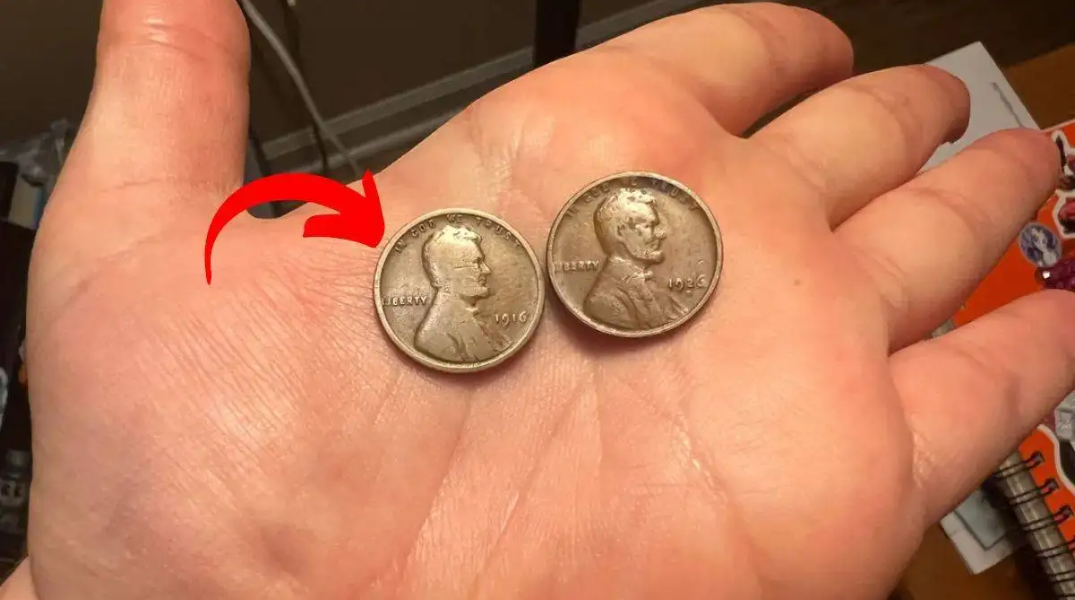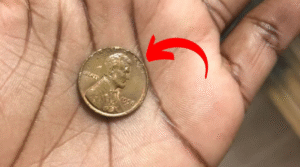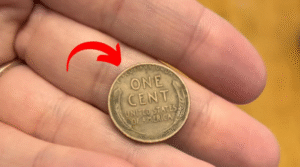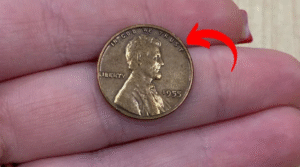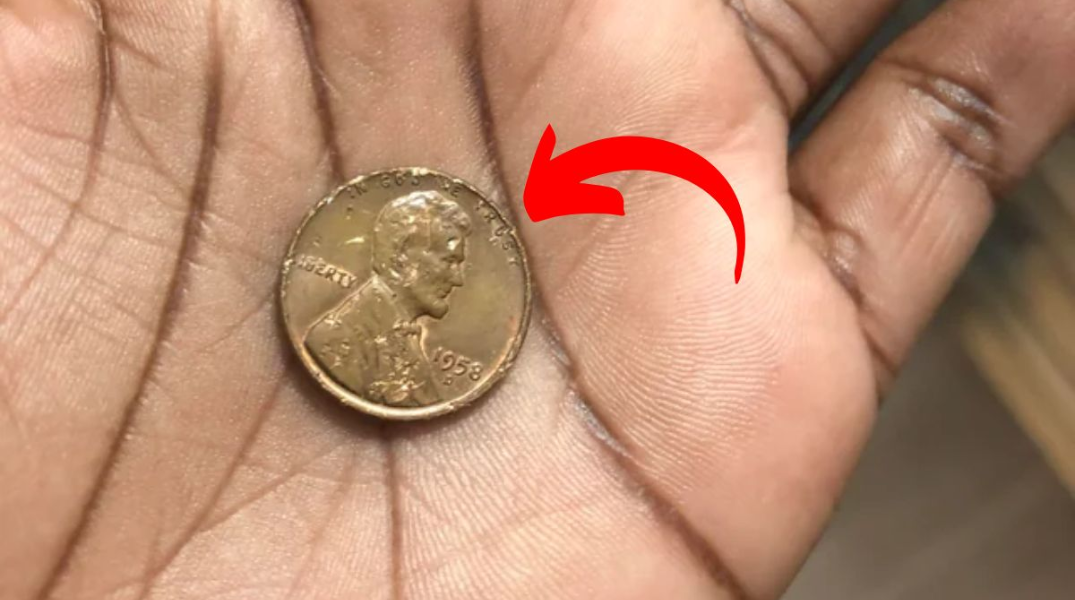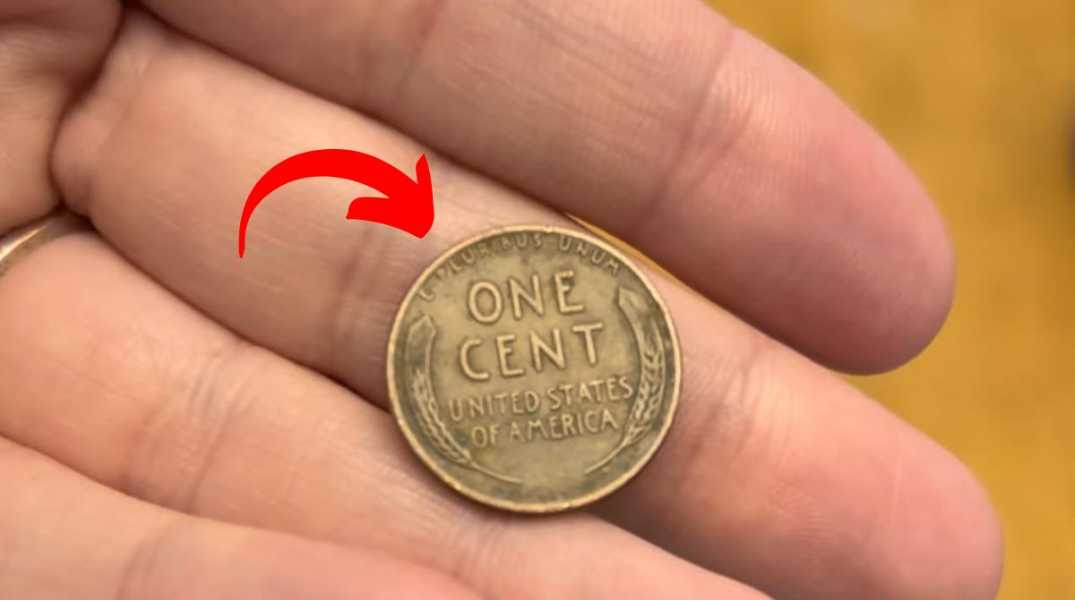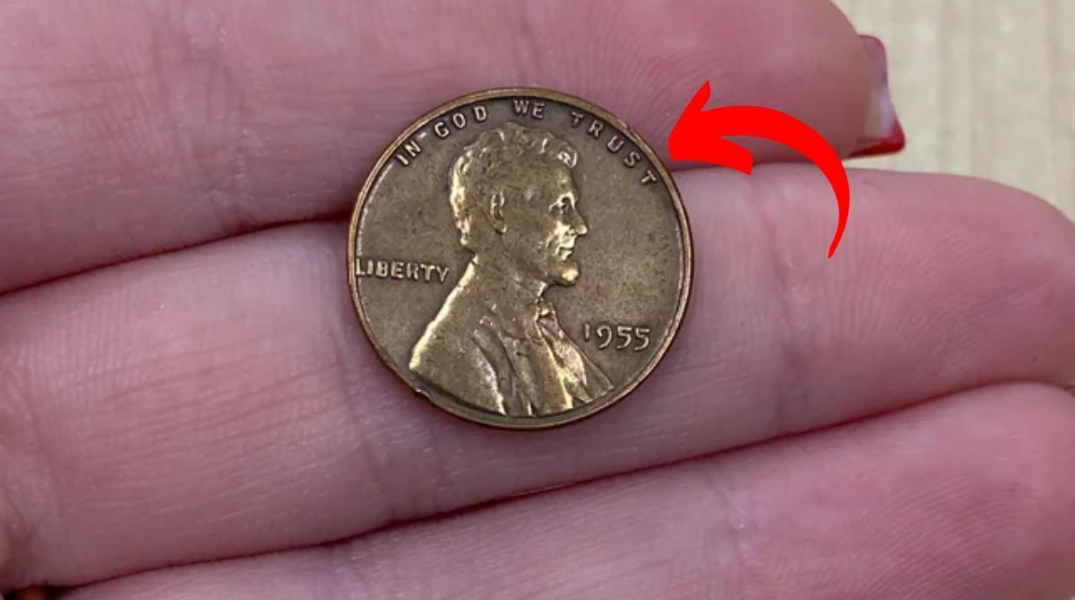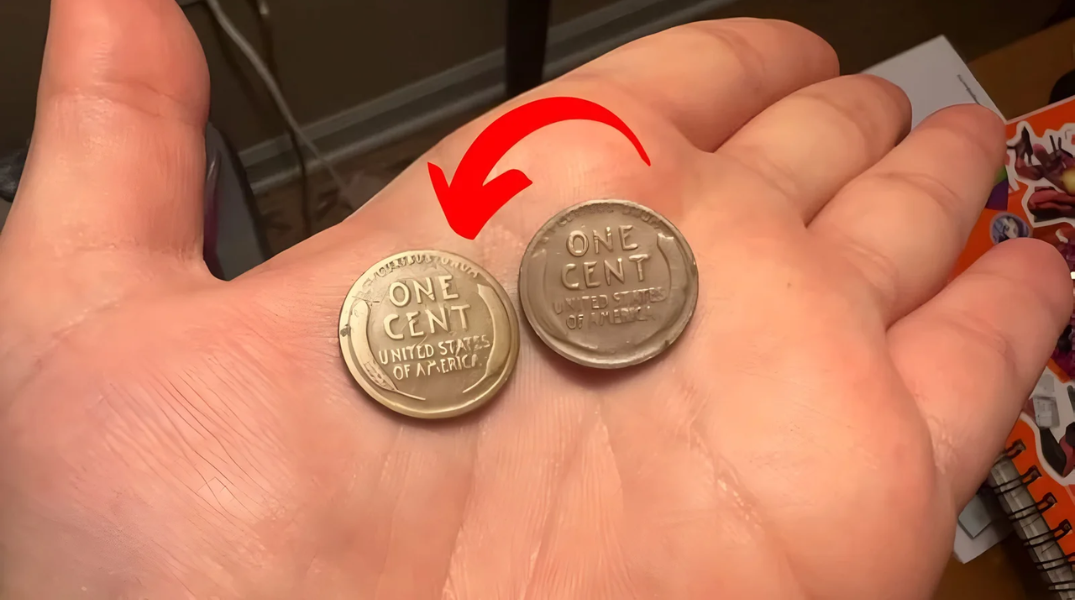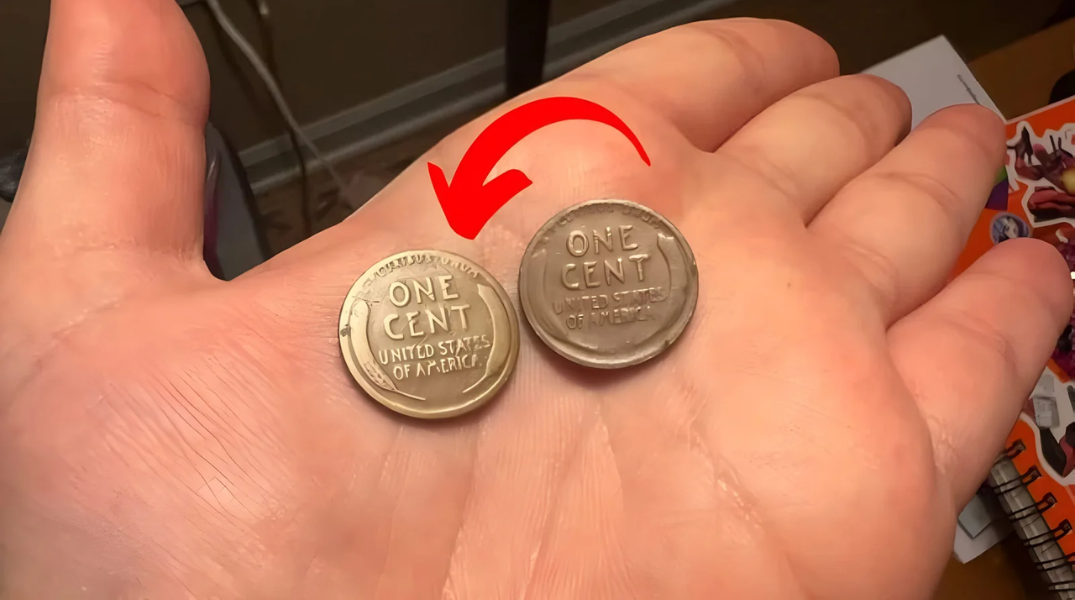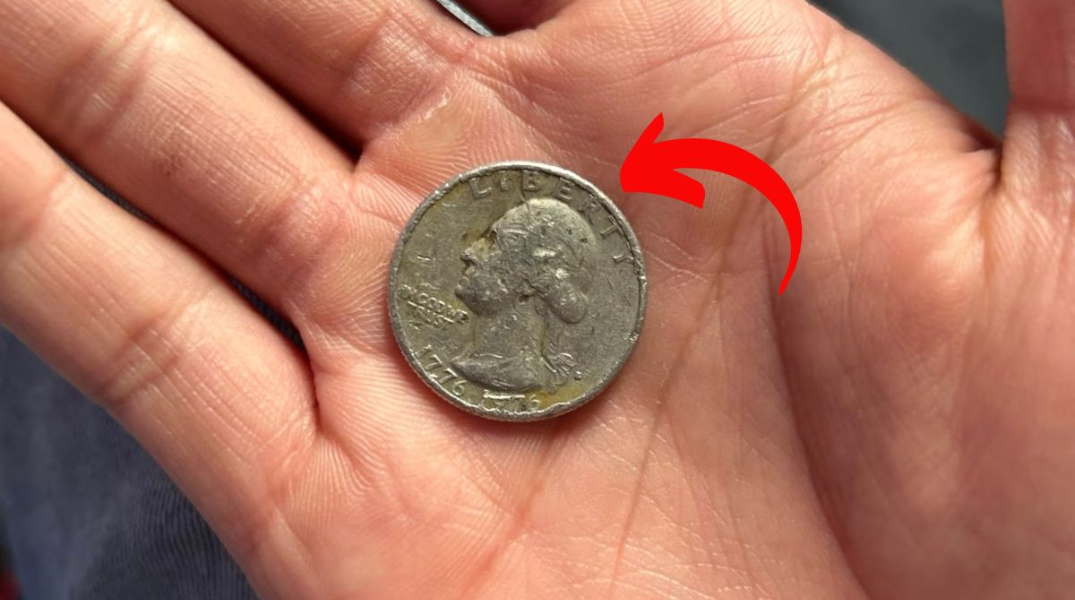The Lincoln Wheat Penny Valued at $3.2 Million -The Lincoln Wheat Penny may be one of the most common coins in American history, but some rare variations have transformed these humble cents into million-dollar collectibles. With stories circulating online claiming certain Lincoln Wheat Pennies are worth as much as $3.2 million, it’s time to separate fact from fiction—and explore why this century-old coin continues to capture attention from collectors and casual treasure hunters alike.
The Legacy of the Lincoln Wheat Penny
Introduced in 1909 to mark the 100th anniversary of President Abraham Lincoln’s birth, the Lincoln Wheat Penny was revolutionary in U.S. coinage history. It was the first coin to feature a real person instead of a symbolic figure. Sculptor Victor David Brenner designed the iconic obverse, showcasing Lincoln’s side profile, while the reverse featured two wheat stalks flanking the words “ONE CENT”—earning the coin its famous nickname.
Minted until 1958, these pennies were later replaced by the Lincoln Memorial design. But for nearly 50 years, the Wheat Penny captured the story of America’s transformation through two world wars, a Great Depression, and postwar prosperity.
The Legendary 1943 Copper Penny: Rarity Born from War
The most famous and valuable Lincoln Wheat Penny is the elusive 1943 copper penny. During World War II, the U.S. Mint switched from copper to zinc-coated steel to conserve copper for the war effort. But a few leftover copper planchets from 1942 accidentally made it into the presses, resulting in a handful of 1943 copper pennies.
These error coins are now worth a fortune. The highest confirmed sale of a 1943 copper penny occurred in 2010, fetching $1.7 million at auction. Even more coveted is the 1943-D copper penny, minted in Denver—only one confirmed specimen exists, and experts believe it could surpass $2 million in value.
Despite viral claims of a$3.2 million penny, no verified sale has reached that amount. Still, the allure of a coin worth millions hidden in pocket change persists—and sometimes proves true.
Other Valuable Lincoln Wheat Pennies Worth Hunting For
Aside from the legendary 1943 copper version, several other Lincoln Wheat Pennies are highly prized:
- 1909-S VDB – With only 484,000 minted, this coin features the initials of its designer and is a holy grail for collectors.
- 1914-D – A low-mintage coin from the Denver Mint that commands high prices in top condition.
- 1922 “No D” – A Denver Mint coin with a missing mint mark due to die wear, making it extremely rare.
- 1955 Doubled Die Obverse – A striking minting error causing doubled text, which is easily visible and highly collectible.
Depending on condition, mint mark, and certification, these coins can range in value from several thousand to over $100,000.
How to Know If You Have a Rare Lincoln Penny
Think you’ve stumbled upon a valuable coin? Here’s how to do a quick check:
- Magnet Test: A real 1943 copper penny won’t stick to a magnet. Steel pennies, which were common in 1943, will.
- Weight Check: A copper penny weighs about 3.11 grams, while a steel penny is lighter at 2.7 grams.
- Examine the Date: Fraudsters sometimes file down a 1948 penny to make it look like a 1943. Inspect closely or consult an expert.
- Seek Professional Grading: To confirm authenticity and value, send the coin to reputable services like PCGS or NGC.
Is There Still Treasure in Circulation?
While the majority of rare coins have already been pulled from circulation by sharp-eyed collectors, there’s still a slim—but real—chance of finding a valuable penny in your change. Forgotten coin jars, estate sales, or inherited collections might hide unrecognized gems.
Why Coin Collecting Still Captivates Millions
Coin collecting is more than just a hobby—it’s a journey through American history. Every coin tells a story about its era, whether it’s the metal composition changed during wartime or a rare error caused by outdated minting technology.
Lincoln Wheat Pennies, in particular, provide both an accessible entry point for beginners and a rich field of exploration for advanced collectors. The thrill of potentially uncovering a hidden fortune in an old penny roll keeps the passion alive.
Fun Fact: The First Lincoln Cent Caused Public Outrage
While the Lincoln Wheat Penny is beloved today, its debut in 1909 sparked controversy. Critics thought the initials “V.D.B.” (for designer Victor David Brenner) on the reverse were too prominent. Due to public outcry, the U.S. Mint quickly removed them from circulation. This makes the 1909-S VDB one of the rarest and most desirable early versions.
FAQs About Rare Lincoln Wheat Pennies
Q: Are there really Lincoln pennies worth $3.2 million?
A: No verified sale has reached that number. The $3.2 million figure is exaggerated. However, some rare Lincoln Wheat Pennies have sold for over $1 million.
Q: How many 1943 copper pennies are known to exist?
A: Estimates vary, but it’s believed fewer than 20 authentic examples exist, including only one known from the Denver Mint.
Q: Where can I sell a rare penny if I think I have one?
A: Contact certified dealers or third-party grading services such as PCGS or NGC. Auctions by companies like Heritage Auctions or Stack’s Bowers are good places for high-value coins.
Q: Can I find rare pennies in coin rolls from the bank?
A: Yes! Roll hunting—buying rolls of pennies from the bank and searching through them—is a popular method. While rare, valuable finds still occasionally occur.
Q: Are all Wheat Pennies worth money?
A: Not all. Common dates in average condition are usually worth only a few cents to a couple of dollars. Rarity, errors, and condition determine value.
Final Thoughts
While the odds of finding a million-dollar coin in your couch cushions are slim, they’re not zero. The Lincoln Wheat Penny stands as a symbol of everyday history and the unexpected value hidden in the most ordinary objects. Whether you’re a seasoned numismatist or just curious about that old penny in your drawer, one thing is certain—the next great coin discovery might be closer than you think.
